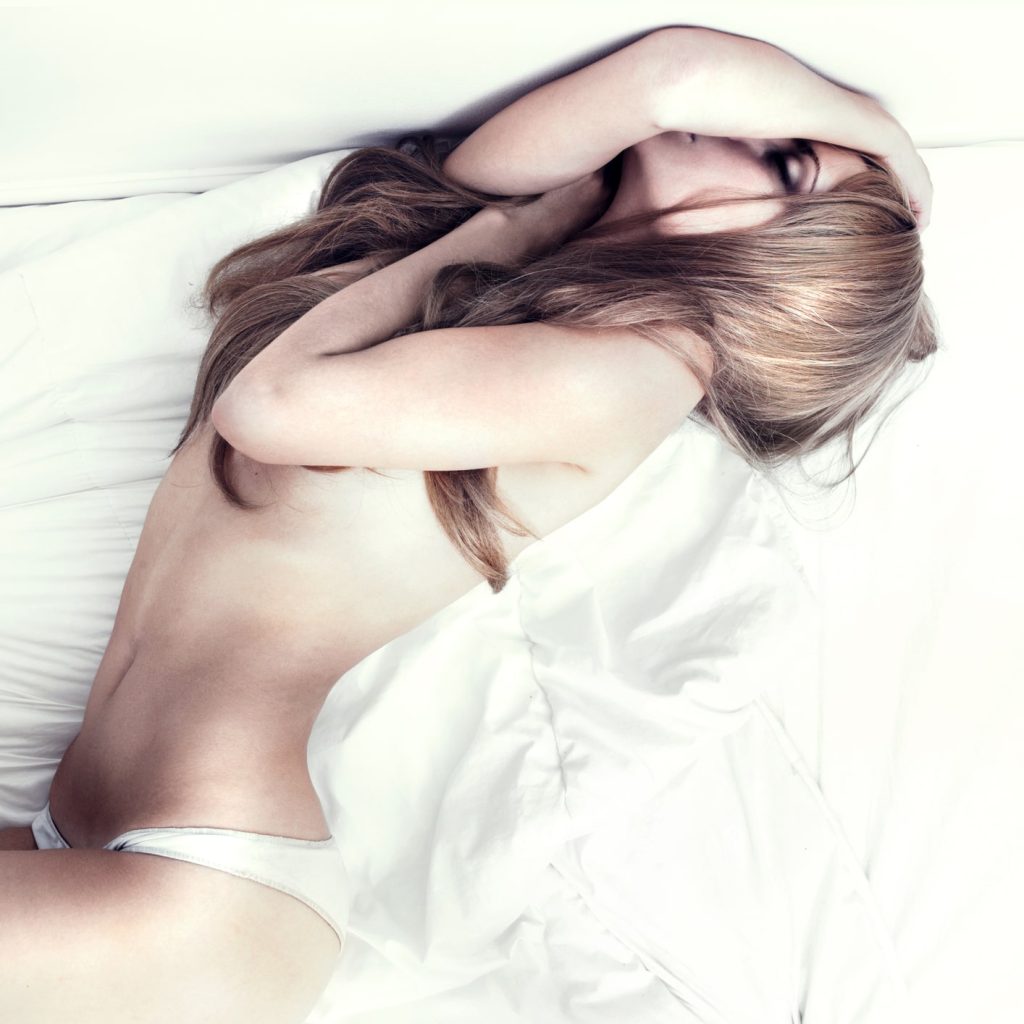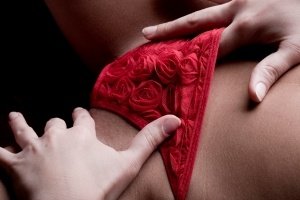Lesbians face many of the same health risks as women in general. However, some of those risks are unique to them.
Some of these are because of a lack of focus on lesbian sexuality in primary care settings and the assumption that all women are heterosexual (Denenberg, 1995; Stevens, 1995). Lesbians have also been underserved by gynecologists who are not familiar with their needs.
1. The Alpha
Some people might be under the impression that the most natural lesbian relationships are two masc people or two butch people, but in reality, couples come in all shapes and sizes. Sometimes they’re femme/femme, but more often than not they are butch/femme or masc/femme — and even more so in open or throuples.
There is this massive obsession in the gay community about being an alpha male, but that doesn’t mean you have to be a cocky dick with a IDGAF attitude. It’s actually more attractive to be someone who is secure in their identity and values, and doesn’t need to prove themselves through territorial pissing matches or trying to buy women drinks at bars. This kind of masculinity is a good thing.
2. The Activist
As LGBT activists today tackle complex issues, they draw strength from across a wide spectrum of social identities and political ideologies. From early lesbian separatists to modern queer organizers, their work focuses on everything from sexual identity and sex to pop culture, race, class, violence, and more.
Rita Mae Brown, a GLF activist, was active in the civil rights movement and other political movements. In 1970 she and fellow activist Karla Jay disrupted the Second Congress to Unite Women with t-shirts reading “LAVENDER MENACE” and distributed a lesbian manifesto. She later wrote several fiction and theoretical texts that placed lesbianism within feminist discourse as a political, erotic, and cultural identity.
4. The Stylish
The lines between femme lipstick lesbians and butch chapstick lesbians are blurring as fashion becomes more gender neutral. In the past, butches would differentiate themselves through masculine working-class outfits like flannel shirts, denim jackets and rugged boots. Today, a cottagecore aesthetic is popular among lesbians, with dresses in floral or plaid prints, long prairie frocks, quilted sweaters and sun hats.
Another popular style is Dark Academia, which is like the prep school look’s more sophisticated older sister. Fans of this style are into literature, art, history and even Greek mythology. Their looks are completed with tweed blazers, pleated skirts and loafers. Docs are the footwear of choice for many butches, and sneakers for the more casual femmes. These styles are reminiscent of the iconic lesbian author Radclyffe Hall.
5. The Smart
During a time of social repression in Europe and the US, women in homosexual relationships either hid their relationship or developed their own subculture. As society improved, they gained economic and social freedoms that gave them more options to choose their lifestyles. This along with second-wave feminism, transformed the definition of lesbian.
These women are the ones that you can call on for advice or a good laugh. They have a wide range of interests and aren’t afraid to express them. They’re the first to talk about their favorite TV shows and are a source of inspiration for others in the LGBT community. They’re also the ones that are always looking for a new hobby or activity to try. They’re the type that would probably make a great travel partner.


